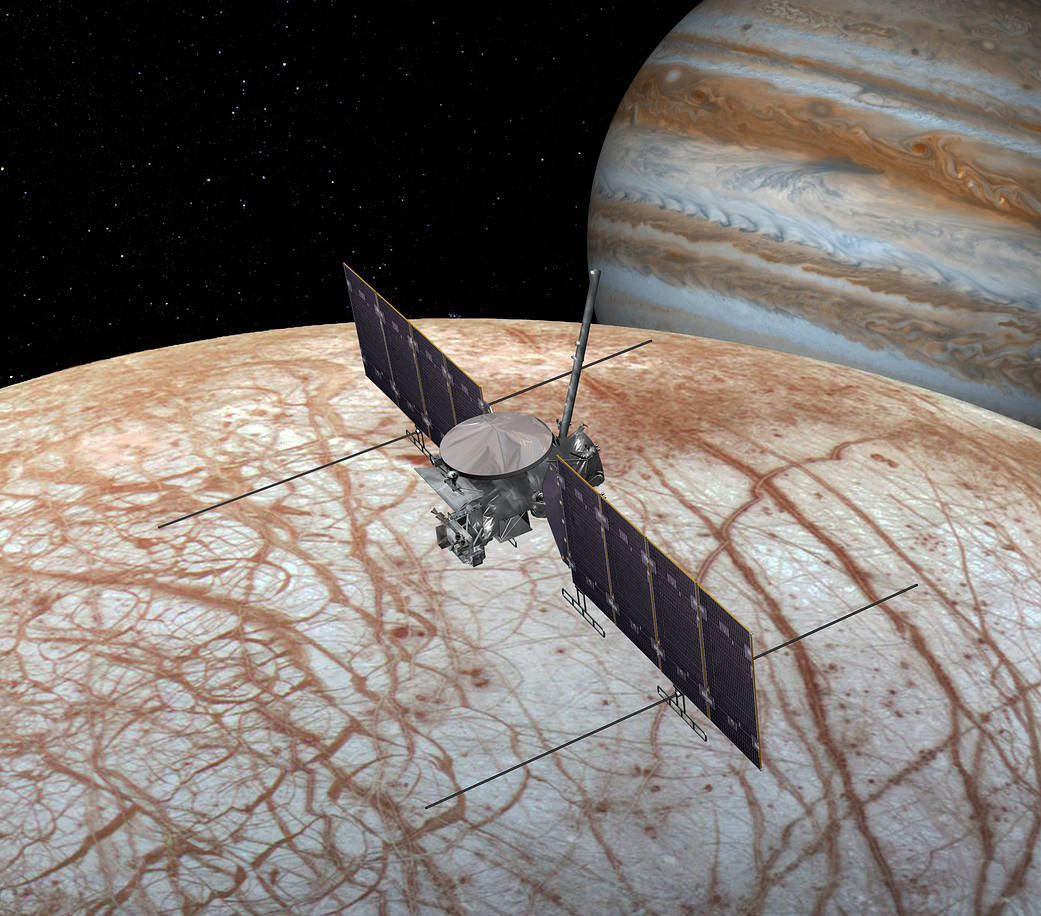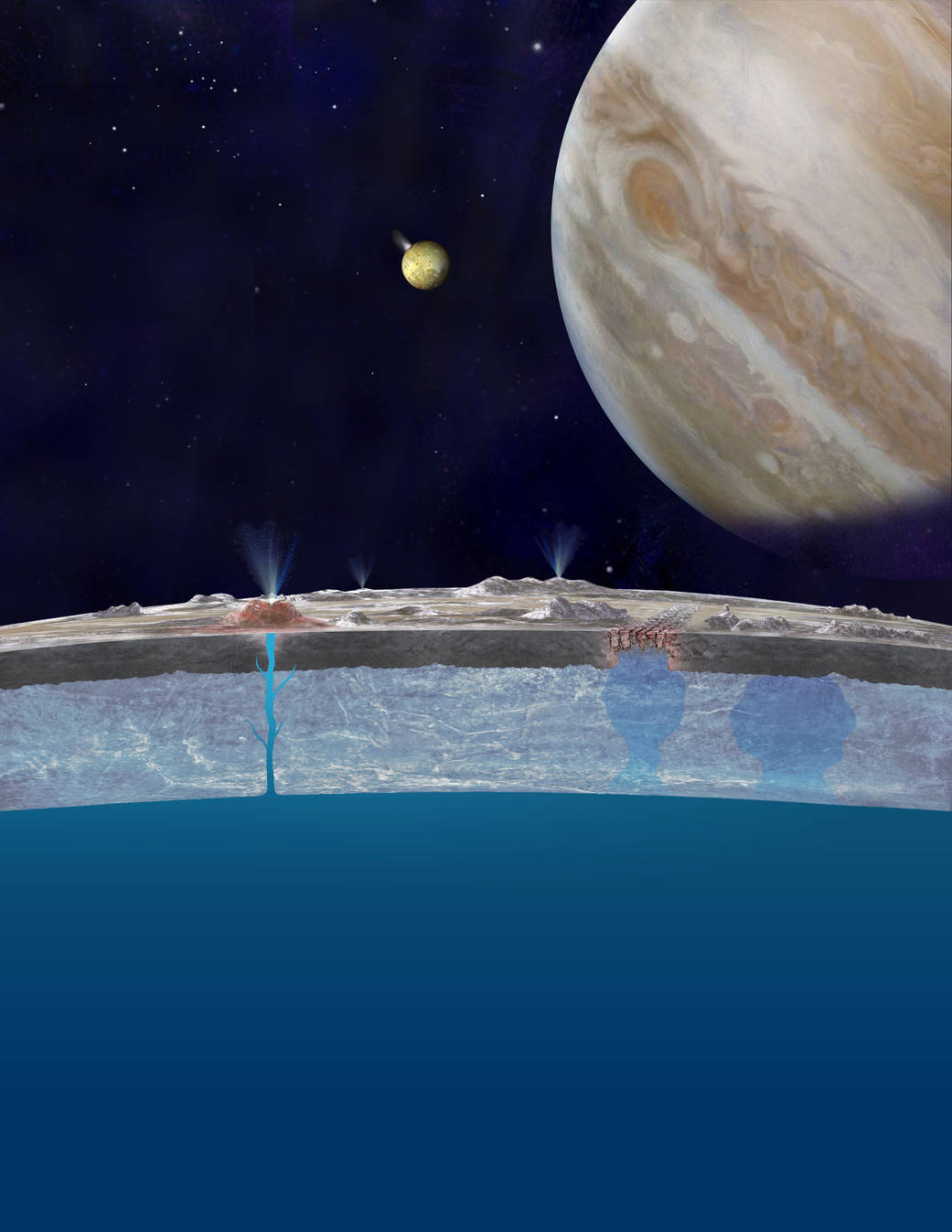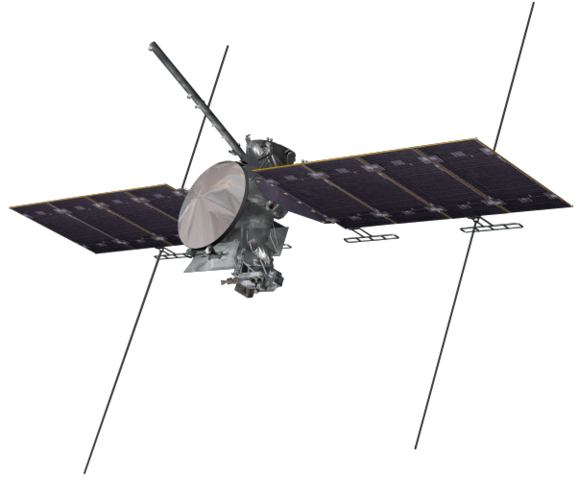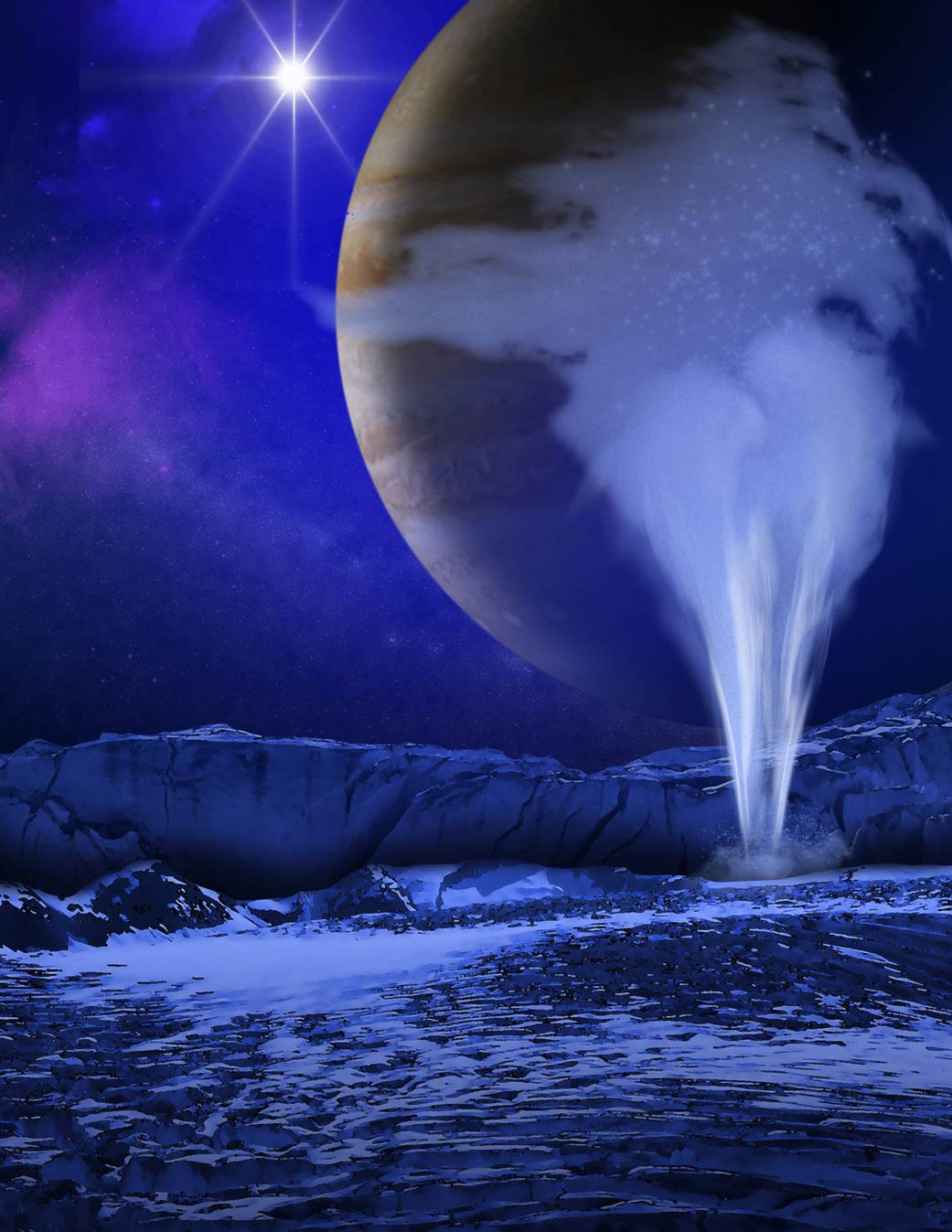Europa Clipper’s Journey To A Frozen Ocean World
Destination Europa!
The NASA Europa Clipper mission plans to orbit Jupiter performing at least 45 flybys of the moon Europa, carrying out a detailed investigation to determine whether the icy moon contains a liquid ocean and whether it has a potentially habitable environment. Europa Clipper is due to launch in the mid-2020’s with a journey time of 3 to 6 years.

Fast Summary Facts Of The Jupiter Clipper!
- Type: Multiple Flyby
- Destination: Europa
- Status: Under Development
- Launch Location: Kennedy Space Center
- Launch Date: 2022 - 2025
- Arrival Date: Late 2020’s
- Mission Duration: 3-6 year cruise & ~2 years orbiting Jupiter
Fun Facts About NASA’s Jupiter Clipper!
- The icy Jovian moon Europa shows evidence of possessing an ocean of liquid water beneath its icy crust which makes it a priority target for space exploration on account of the likelihood this ocean being an inhabitable environment.
- The Europa Clipper, building on the lessons learnt from the former Jupiter orbiters (Galileo and Juno), will be one of NASA’s most capable and radiation-tolerant spacecraft to venture into the outer solar system.
- Solar panels have been chosen over the plutonium-238 fueled RTG as the power source for the spacecraft even though the Sun only has 4% the strength at Jupiter as it does at Earth.
- It is expected the Europa Clipper mission will launch aboard NASA’s super-heavy lift SLS rocket for a direct journey to Jupiter or aboard a smaller rocket (such as the Atlas V) which will require Earth and Venus gravity assists.
- There are currently 45 flybys of Europa planned, ranging in altitudes from 25 kilometres (16 miles) to 2,700 km (1,700 miles) above the surface. The flybys will be part of a 2 week long looping orbit which dives into Jupiter’s radiation belt near Europa before moving out beyond the damaging radiation to transmit and receive data via the Deep Space Network.
- The science package will include 9 instruments capable of taking detailed images, determining the composition and structure (including the thickness) of Europa’s icy shell and any potential subsurface liquid ocean.
- The Europa Clipper mission will be studying Europa at the same time as European Space Agency’s JUICE mission is studying Jupiter’s icy moons but with a greater focus on studying the icy Jovian moons Callisto and Ganymede.
- Europa Clipper will help pave the way for a possible Europa Lander mission in the late 2020’s.
I can’t wait for the Jupiter Clipper to arrive and start revealing the secrets of Europa! Maybe they’ll confirm the existence of a liquid ocean and discover life!




Europa Clipper
Europa's Subsurface
Europa Clipper (Image credit: NASA/JPL)
Artists Concept


